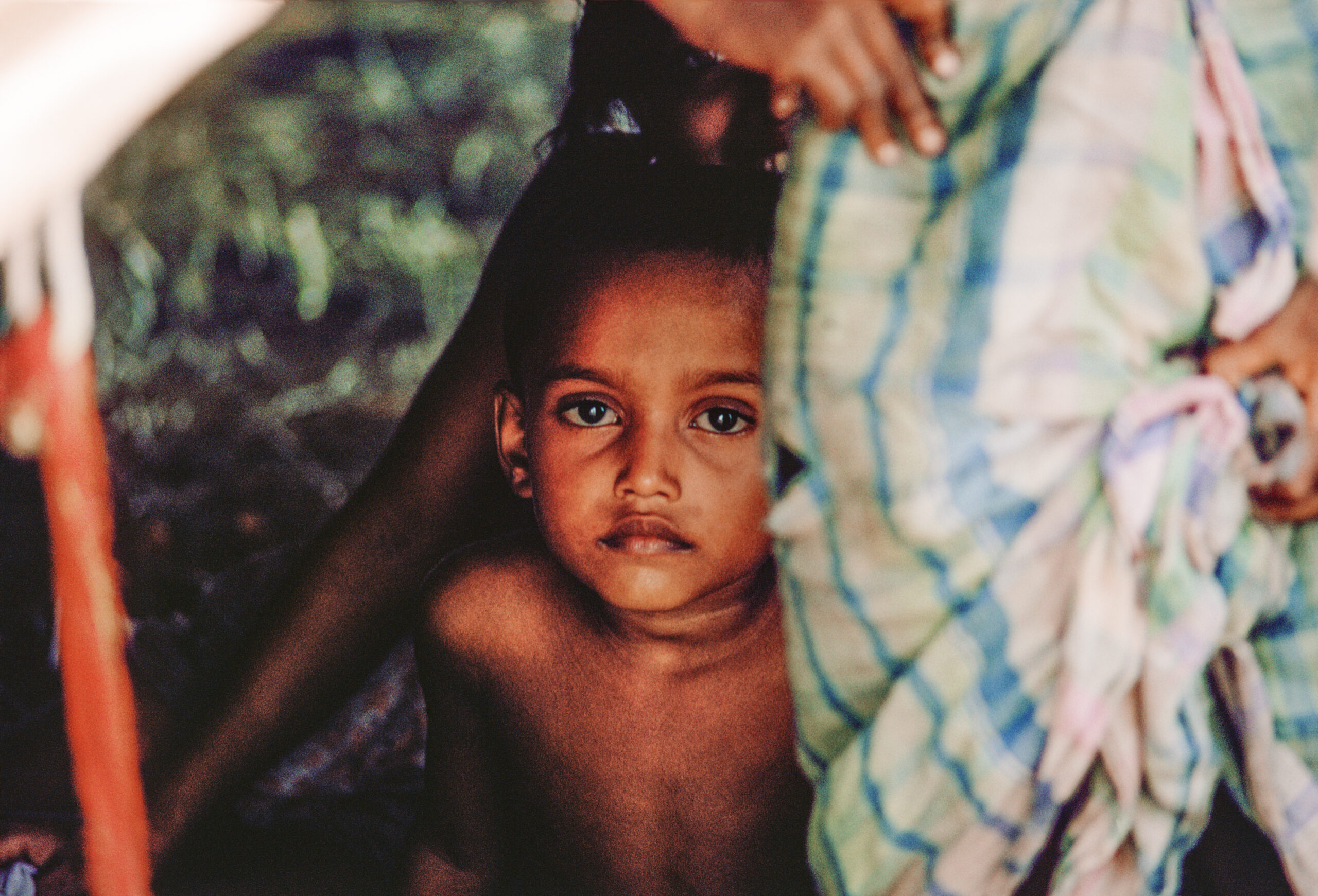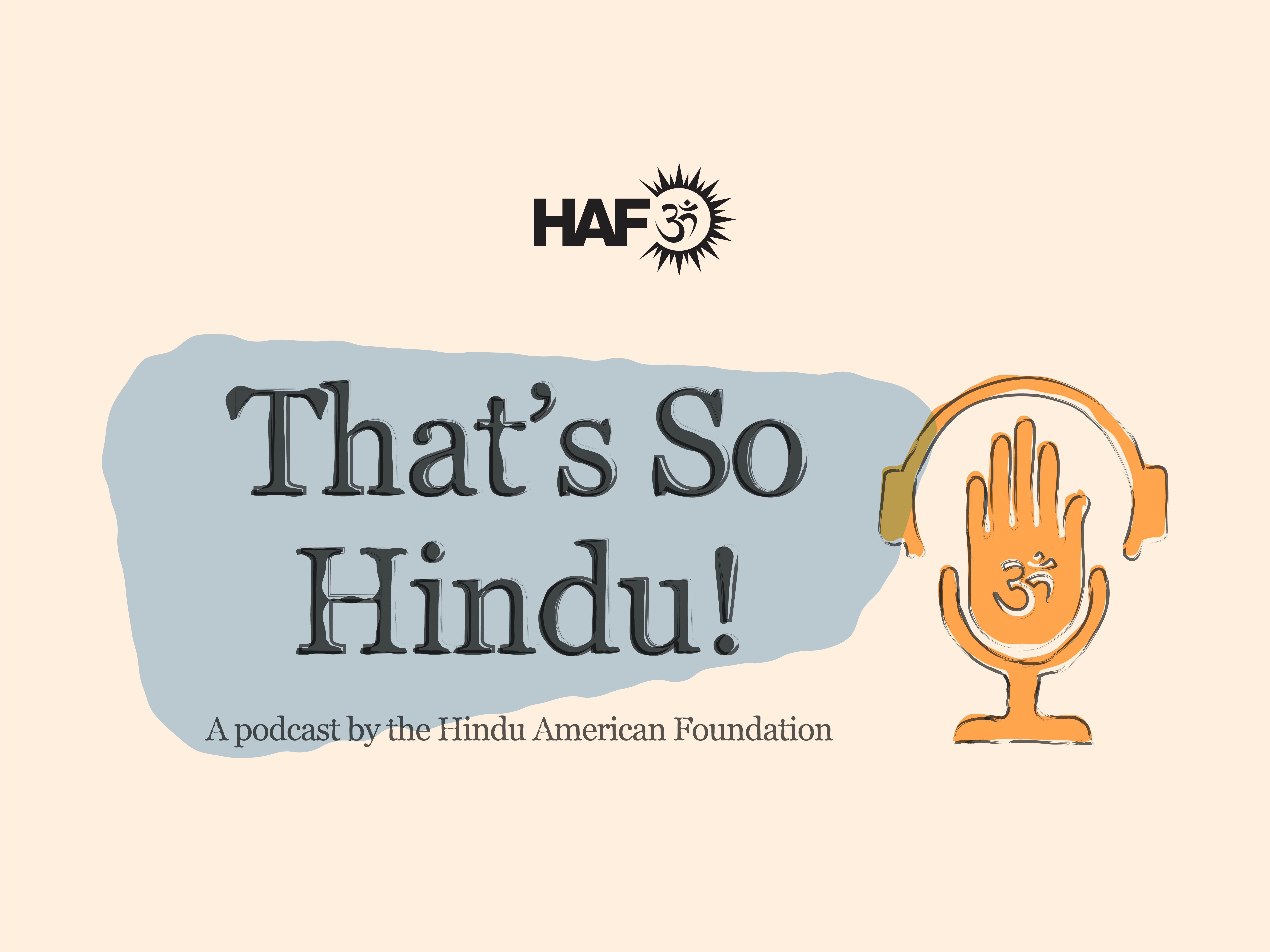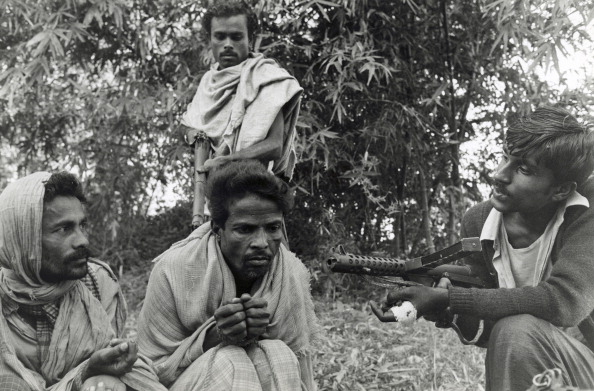
1. Demand for rights in East Pakistan lead to Bangladesh Liberation War of 1971
Precipitants of the genocide include anti-Hindu pogroms and attempts to make Urdu the national language of all of Pakistan — a majority spoke Bengali and less than 10% of East Pakistan (modern Bangladesh) had a working knowledge of Urdu. By the time of the Bhola cyclone in November 11, 1970, the Bengali speaking population was already frustrated by the neglect of Pakistani leadership. Between 300,000-500,000 people in East Pakistan died in the devastating cyclone— the deadliest known cyclone in history. Ten days after the cyclone, the international community was still criticizing the Pakistani government for not sending aid. The lack of aid further fomented the desire for an independent Bangladesh state.
2. Genocide occurs in East Pakistan from March to December 1971
An estimated three million unarmed citizens were massacred during the 1971 genocide during the 10 month Bangladesh Liberation War. This began with the Pakistan army’s attack on March 25, 1971 on Jagannath Hall— the only Hindu residential hall at the University of Dhaka. The Pakistanarmy denies any attacks at the university, despite the Hamoodur Rahman commission report by Pakistan officials and a videotape of the massacre recorded by Muslim engineering Prof. Nurul Ula. On August 2, 1971, Time Magazine reported, “The Hindus, who account for three-fourths of the refugees and a majority of the dead, have borne the brunt of the Moslim (sic) military hatred.”
3. Over 10 million Bengalis become refugees in 1971
Approximately 10 million refugees entered into India during the genocide. The Bangladesh Documents published by the Indian Foreign Ministry reveal that a total of 6,971,000 Hindus were registered as refugees in India just between March and August 1971. Most of these families left East Pakistan for India after suffering and being assaulted by the Pakistan Army in collaboration with local Islamist militias.
According to the United Nations, this mass movement of people was the “largest single displacement of refugees in the second half of the 20th century.” A journalist for the New York Times who was on the outskirts of Calcutta, West Bengal, India in June 1971 wrote, “The refugees seemed to be everywhere – sitting in the streets, crouching in doorsteps, sleeping on porches, occupying empty buildings, and cooking in the fields.” Many refugees did not want to return to East Pakistan, and preferred to resettle in India with its predominantly Hindu population. The New York Times covered the refugees in India stating that, “The Government hospital at Agartala, with 260 beds, had 540 patients Wednesday, nearly 100 [patients] with bullet wounds.” Many nearby hospitals were similarly filled to their capacity with the mass influx of refugees and the wounded.
4. Systematic rape used as a weapon of war
Journalist Susan Brownmiller writes, “Girls of eight and grandmothers of seventy-five had been sexually assaulted…Pakistani army had not only violated Bengali women on the spot; they abducted tens of hundreds and held them by force in their military barracks for nightly use. Some women may have been raped as many as eight times in a night.”
It is estimated that approximately 200,000–400,000 women were raped or sexually enslaved. Women were abducted and raped by soldiers in camps for months on end and many more fell victim to so-called “hit and run” rapes. “Hit and run” rapes were when a male family member, immediately before his death, was forced to view a female family member being raped by soldiers.
Geoffrey Davis, an Australian doctor who performed late-stage abortions and aided a significant amount of people from all over the world in adopting war babies born to Bangaldeshi women, recounts in an interview the stories of “women being tied to trees and gang raped, breasts hacked off, dumped in mass graves, being held in Pakistani rape camps” where the women were “raped again and again and again. A lot of them died in those [rape] camps.”
5. The enduring legacy of the genocide in Bangladesh today
In 2013, Jamaat-e-Islami (JeI), one of the religious and political organizations that supported and collaborated with the Pakistani army in 1971, was barred from participating in future elections because of their anti-secular stance and ongoing use of violence. However, the legal system in Bangladesh still contains anti-secular provisions which make religious minorities second class citizens and legitimizes violence against them.
After initially adopting a secular constitution following its independence in 1971, Bangladesh quickly added a new clause to “consolidate, preserve and strengthen fraternal relations among Muslim countries based on Islamic solidarity.” Islam was made the official state religion of Bangladesh on June 9, 1988. This official constitutional preference for one religion over others has allowed the rights of religious minorities to be violated with impunity and leaves Hindus vulnerable to systematic violence in Bangladesh. Islamists, such as JeI, in particular, continue to foment large-scale anti-minority violence, target atheists, kidnap minority girls, and destroy temples in their quest to create a theocratic state in Bangladesh.







































